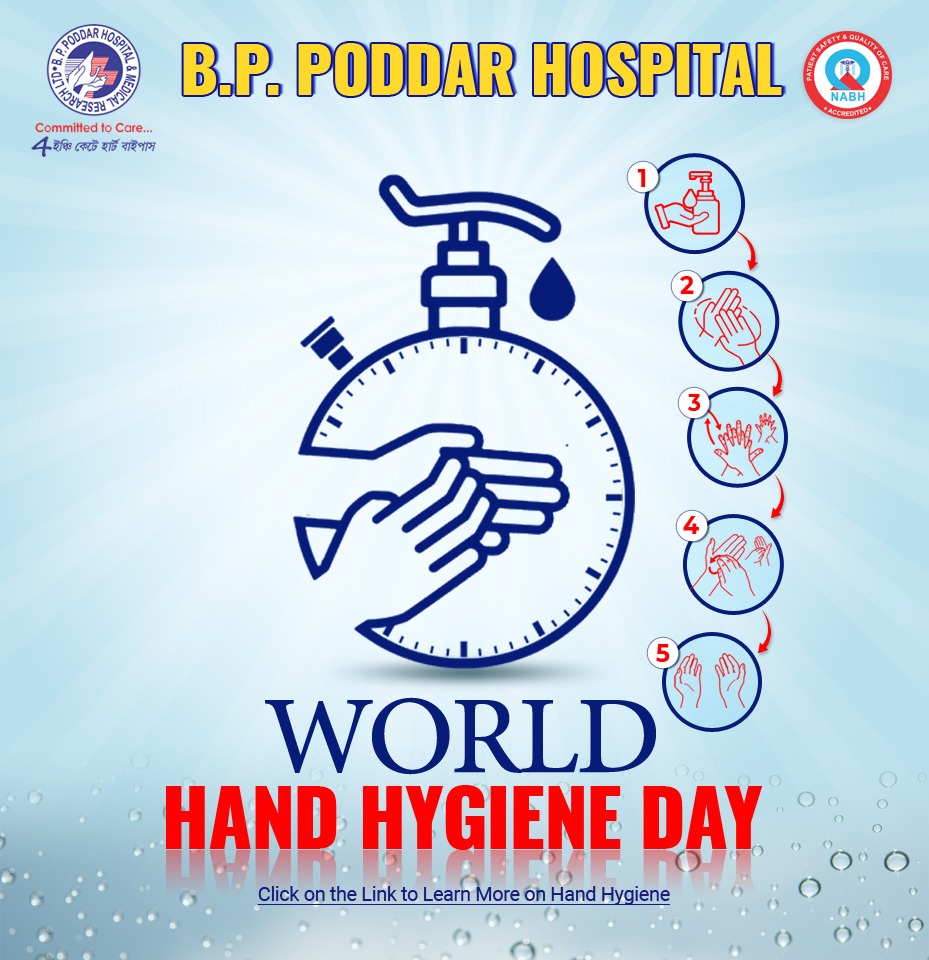
World Hand Hygiene Day 2022
4 May, 2022
[cmsmasters_row data_shortcode_id="7wjx5vzh" data_padding_bottom_mobile_v="0" data_padding_top_mobile_v="0" data_padding_bottom_mobile_h="0" data_padding_top_mobile_h="0" data_padding_bottom_tablet="0" data_padding_top_tablet="0" data_padding_bottom_laptop="0" data_padding_top_laptop="0" data_padding_bottom_large="0" data_padding_top_large="0" data_padding_bottom="50" data_padding_top="0" data_bg_parallax_ratio="0.5" data_bg_size="cover" data_bg_attachment="scroll" data_bg_repeat="no-repeat" data_bg_position="top center" data_color="default" data_bot_style="default" data_top_style="default" data_padding_right="3" data_padding_left="3" data_width="boxed"][cmsmasters_column data_width="1/1" data_shortcode_id="pdsp3hctrc" data_animation_delay="0" data_border_style="default" data_bg_size="cover" data_bg_attachment="scroll" data_bg_repeat="no-repeat" data_bg_position="top center"][cmsmasters_text shortcode_id="ryo761yl5l" animation_delay="0"]
Hand hygiene is an effective way to prevent infections and reduces the transmission of microorganisms (including those that are antibiotic-resistant), reduces the spread of COVID-19, increases patient safety, and decreases health care-associated infections (HAI). Effective, timely hand hygiene is very important for infection prevention and control.
Significance of Hand Hygiene:
Commonly colonized pathogens are Methicillin Resistant ÂÂ
S. aureus  (MRSA), Vancomycin Resistant ÂÂ
Enterococcus  (VRE), MDR-Gram Negative bacteria (GNBs), Candida spp. and ÂÂ
Clostridium difficle, which can survive for as long as 150 h.  There are two main types of microbes colonizing our hands.
- Resident flora- These microbes reside under the superficial cells of the stratum corneum.
- Transient flora- They colonize the superficial layers of the skin and is more responsive to removal by routine hand hygiene.
Hand washing is the best way to stop germs from spreading. Thus, hand washing should be done:
(i) After using the toilet.
(ii) After touching any surfaces coming into contact with.
(iii) After touching pets, animals etc.
(iv) Before preparing and eating meals.
(v) Germs can spread to the hands by sneezing, coughing, or rubbing the eyes. Thus hand washing should be done in frequent intervals.
(vi) It virtually eradicates the carriage of Methicillin Resistant
Staphylococcus aureus (MRSA) which invariably occurs on the hands of Health Care workers working in ICUs.
WHO guided steps to maintain hand hygiene- Follow these five steps every time-
- Wet your hands with clean, running water (warm or cold), and apply soap.
- Lather your hands by rubbing them together with the soap. Lather the back of your hands, between the fingers, and under the nails.
- Scrub your hands for at least 20 seconds.
- Rinse your hands well under clean, running water.
- Dry your hands using a clean towel or air dry them.
How to maintain Hand Hygiene?
- Washing hands with soap and water is the best way to get rid of germs in most of the situations.
- Cut the finger nails in frequent intervals to avoid the spread of infections.
- Alcohol-based hand sanitizer that contains at least 60% alcohol can be used if soaps and water are not readily available.
- Hand wipes containing at least 60% alcohol can be used while traveling.
- Teaching hand hygiene to kids, children and to the people of all the age groups.
- Providing Hand Hygiene awareness and guidelines to the food handlers, health care workers, schools and colleges.
[/cmsmasters_text][/cmsmasters_column][/cmsmasters_row]
